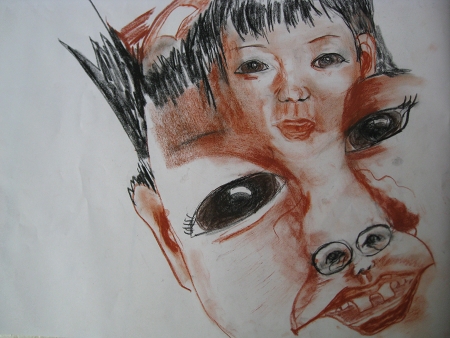Open knowledge
Wednesday, June 29th, 2011Short notice: I am giving a talk on contents of the game scheme article and the scientific platform article on July 1st at the open knoledge conference in Berlin.
randformblog on math, physics, art, and design |
Short notice: I am giving a talk on contents of the game scheme article and the scientific platform article on July 1st at the open knoledge conference in Berlin.
I am currently writing some product descriptions for the US based (sustainable) design/green architecture blog Inhabitat, here is a link to the first description -> a lamp by Miriam Aust.
This post is like the previous post a comment to the discussion about human-machine hybrids in the recently uploaded game-scheme article.
In a passage from human to a human-machine hybrid the tolerance towards body modifications plays an important role.
There was recently an interesting interview in the english newspaper “The Guardian” wether cosmetic surgery does help or damage people.
The interview however didn’t really touch the issue of how strongly plastic surgery (and other body modifications) is influenced by cultural predispositions (which are of course often influenced by economic considerations, but not only by these). In particular it also didn’t touch upon the question in how far the design of the human outer appearance via cosmetic surgery (especially its current boom) etc. might be seen as a step in a human-machine-hybrid transition.

“mental diffusion”, artwork by Jonah Gekoppi.
After monkeys were successfully able to control an robotic arm via their brain activity the new turn is now on humans.
You may want to read the article: Human Trials Planned For Brain Computer Interface , it is a bit related to the machine-human discussion in the recently uploaded game- scheme- article.
From the article:
The algorithms in the machine must first learn the patterns of brain activity that occur when the human is either imagining or physically carrying out a task. As the system becomes familiar with the neural commands, the patient’s control over it becomes more seamless.
…
A video of the results shows a woman trying to play a computer game by imagining the moves. When she loses control of the ball on the screen, the patient throws out a physical cue—raising her arm—to help the computer refine its estimation of her intentions.
-> related randform post